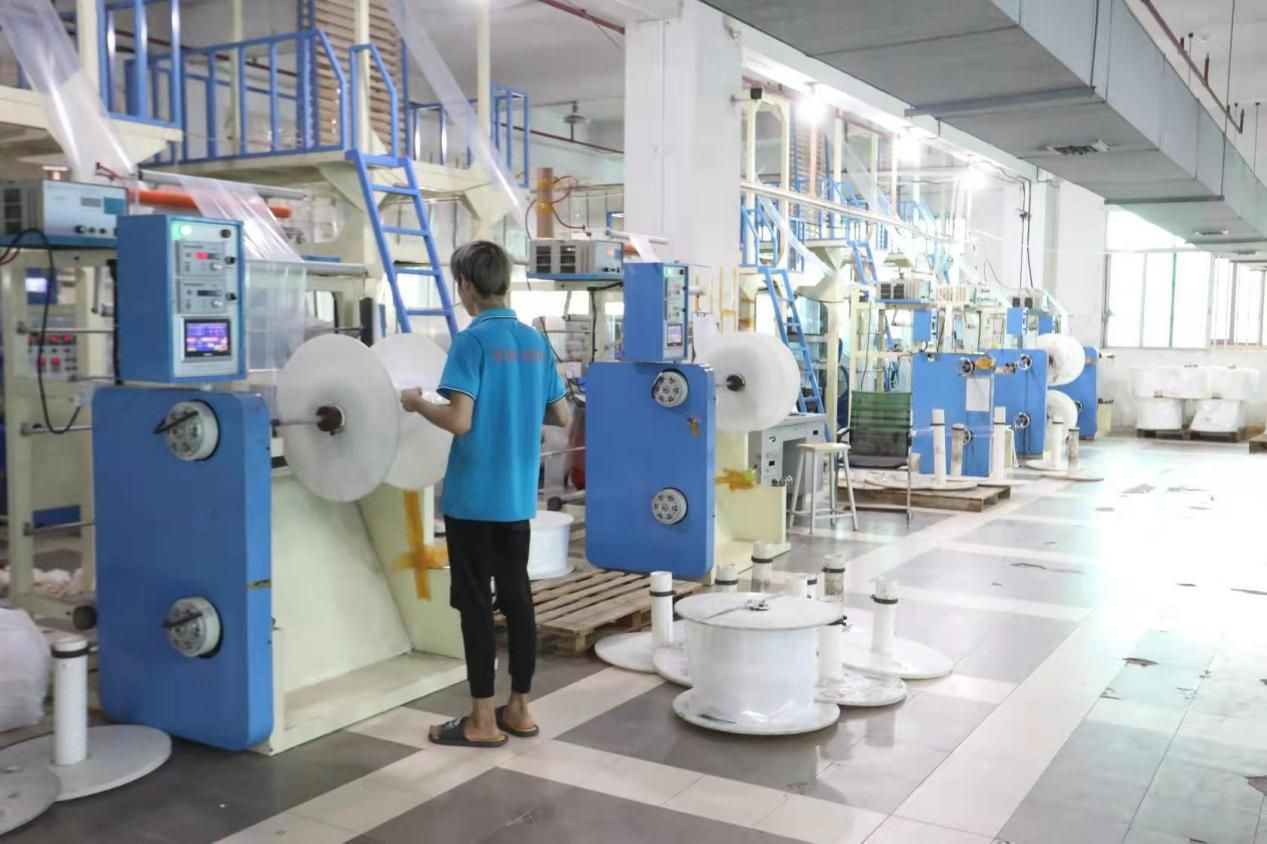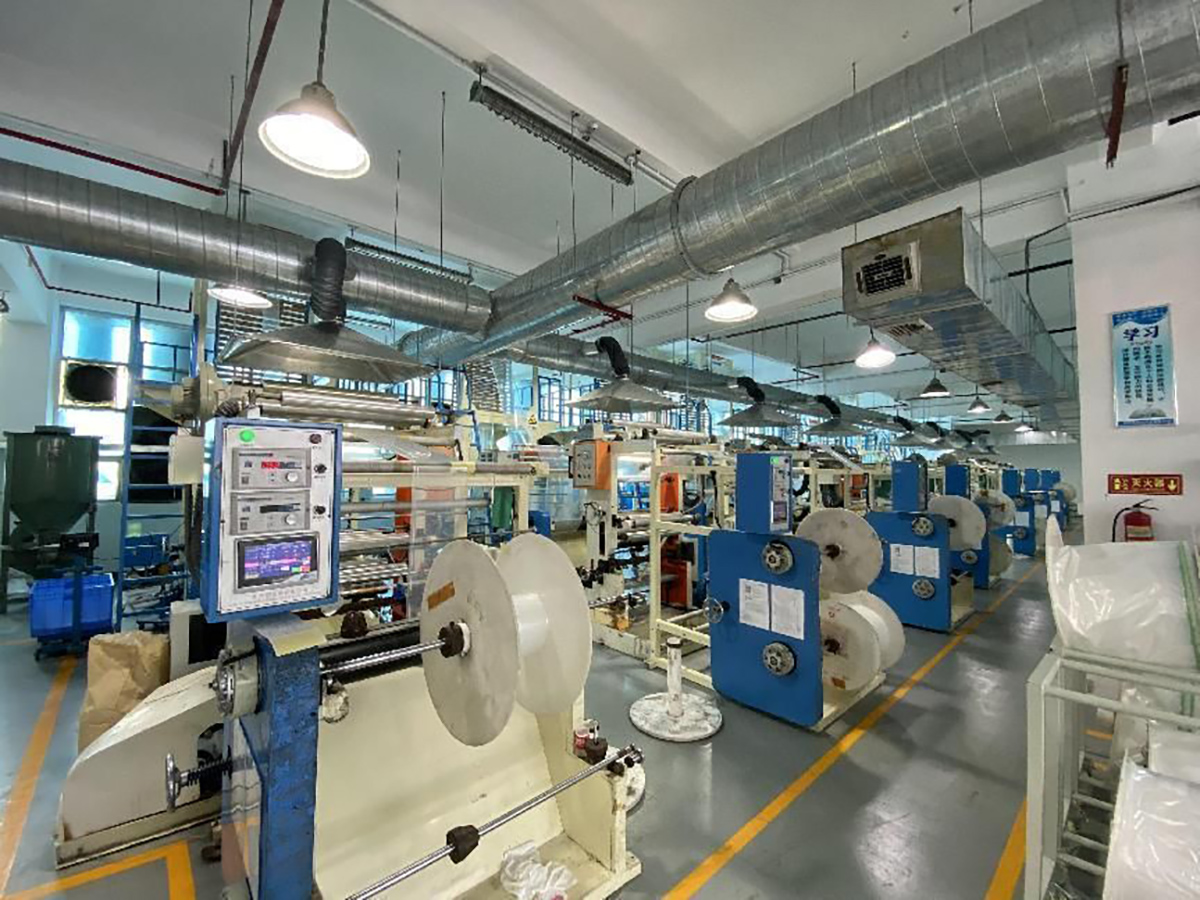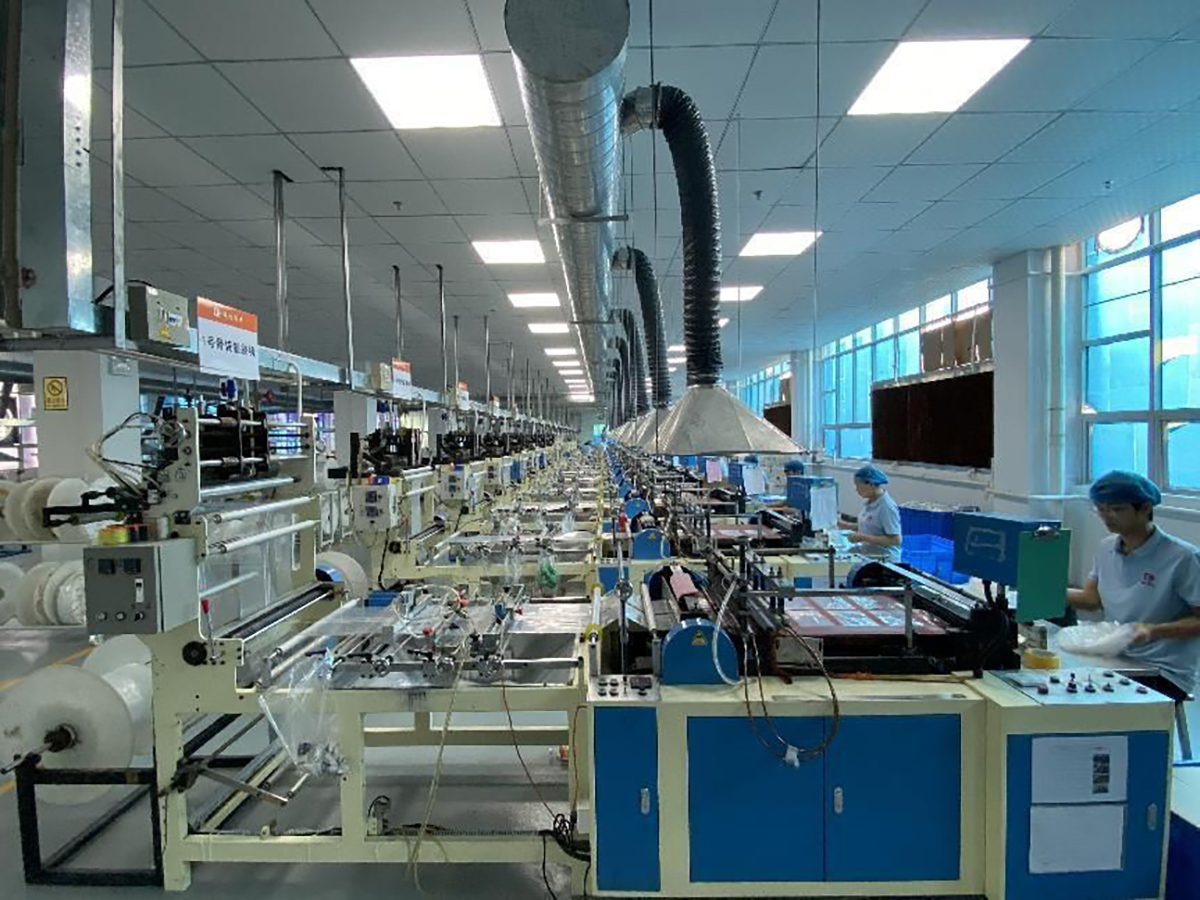Plastic bags have become an indispensable part of our daily life. Whether we use them for shopping, packing lunches, or storing various items, plastic bags are convenient and versatile. But have you ever wondered how these bags are made? In this article, we will explore the process of making plastic bags, focusing on film blowing, printing and cutting.

Blowing film is the first step in the production of plastic bags. It involves melting plastic resin and extruding it through a circular mold to form a molten plastic tube. As the tube cools down, it solidifies into a thin film. The thickness of the film can be adjusted by controlling the speed of the extrusion process. This film is called the primary film and serves as the basis for plastic bags.

Once the main film is formed, the printing process is carried out. Printing is an important step because it allows packages to customize branding, logos, or labels. The original film passes through a printing press, which uses various techniques such as flexo or gravure to transfer ink to the film. Colours and designs have been carefully selected to meet the desired aesthetic and functional requirements. This printing process increases the value of the bags and makes them more attractive to consumers.

After the printing process is complete, the primary film is ready for cutting. Cutting the bag is a key step in giving them the shape and size they want. Special machines are used to cut the film into individual bags. The machine can be set up to cut films of various shapes, such as flat bags, buckle bags, or T-shirt bags, while installing zippers, etc.; Excess film during cutting is trimmed and bags are neatly stacked for further handling.

In addition to the film blowing, printing and cutting processes, other steps such as sealing, handle connection and quality control checks are carried out to ensure that the bag meets the required standards. These processes include heat sealing the edges, installing the handle, and performing a visual inspection to make sure the bag is free of any defects.
It should be noted that plastic bag production requires the use of specific machinery, equipment and materials. In addition, modern plastic bag manufacturing emphasizes sustainability, and there is an increasing demand for environmentally friendly alternatives to traditional plastic bags. Many manufacturers are turning to biodegradable or recyclable materials to reduce the environmental impact associated with plastic bag production.
To sum up, the process of making plastic bags includes blowing film, printing and cutting. These processes ensure that the bag is functional, aesthetically pleasing, and meets the required quality standards. As we continue to use plastic bags in our daily lives, it is vital that we pay attention to their environmental impact and support sustainable alternatives.
Post time: Sep-16-2023



